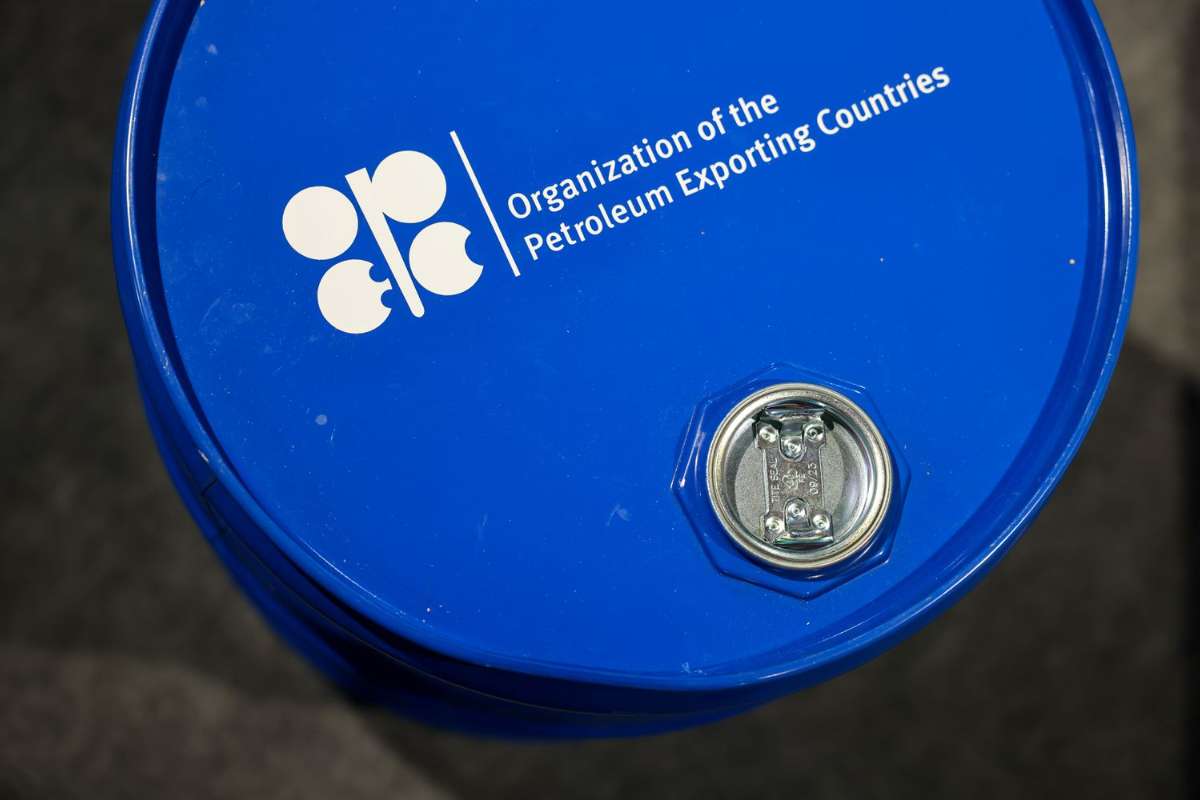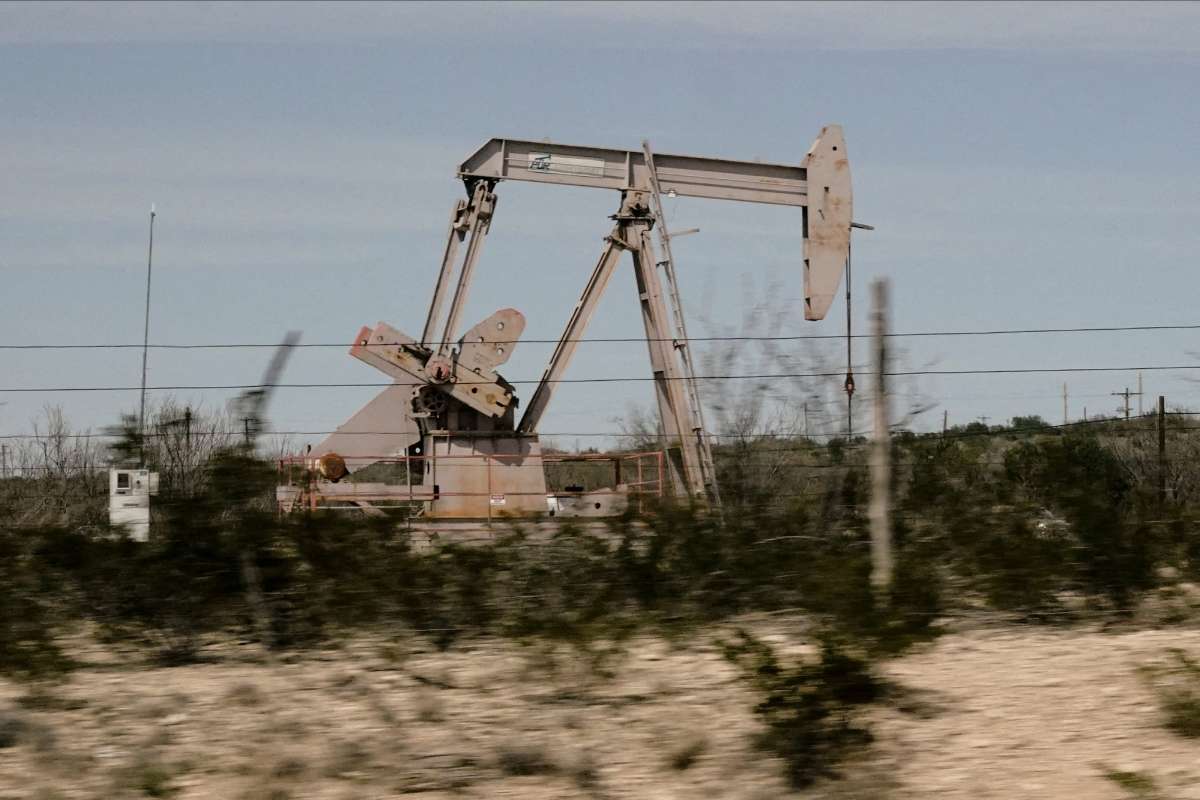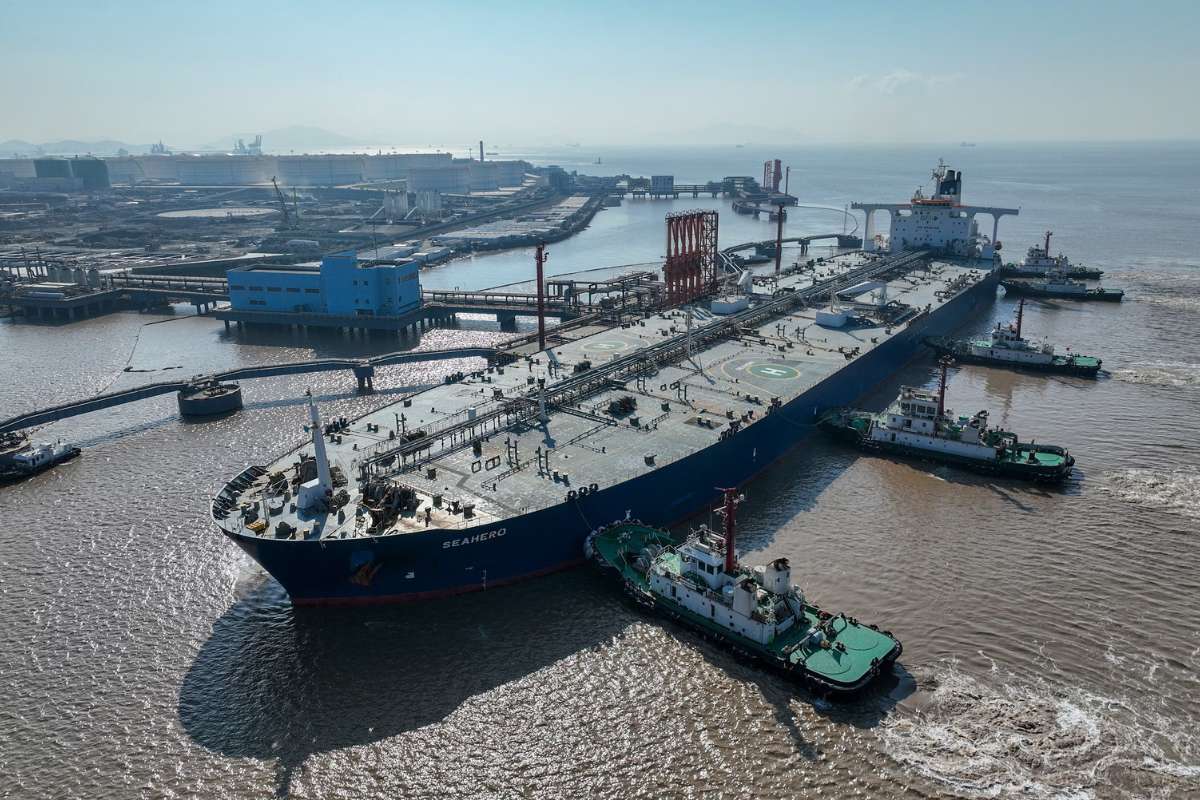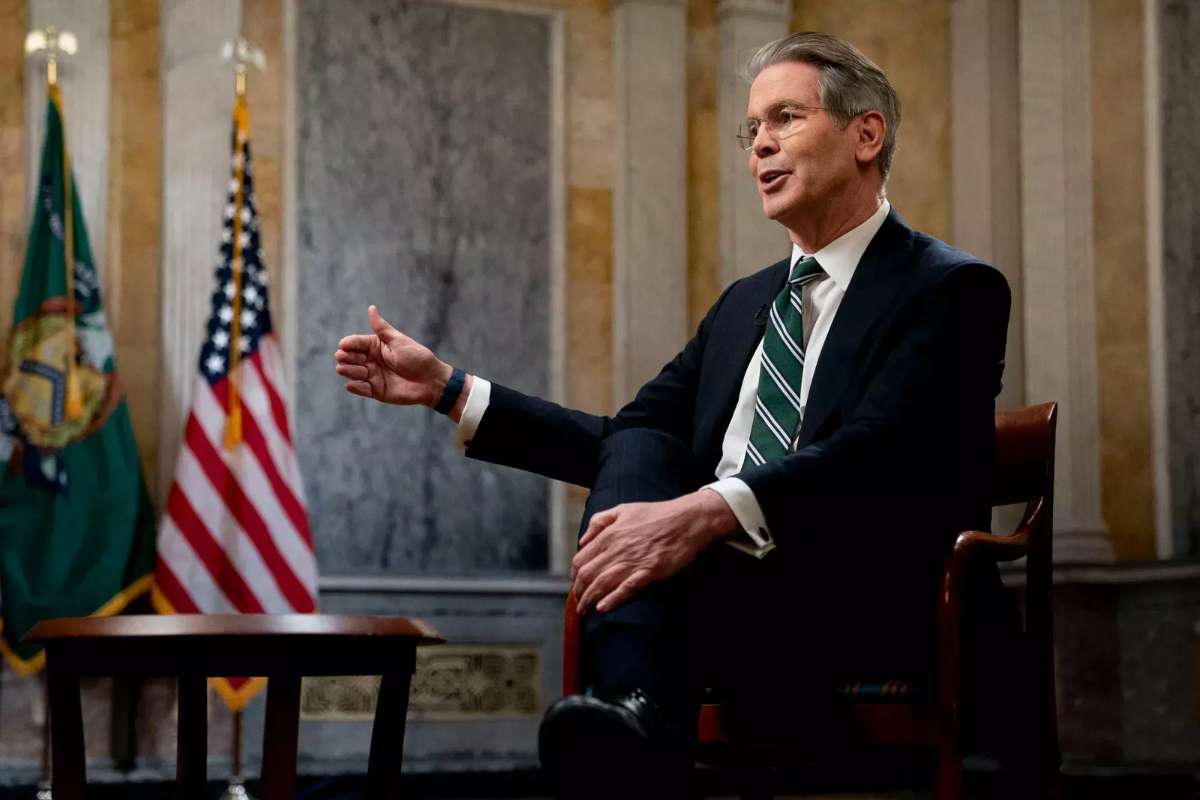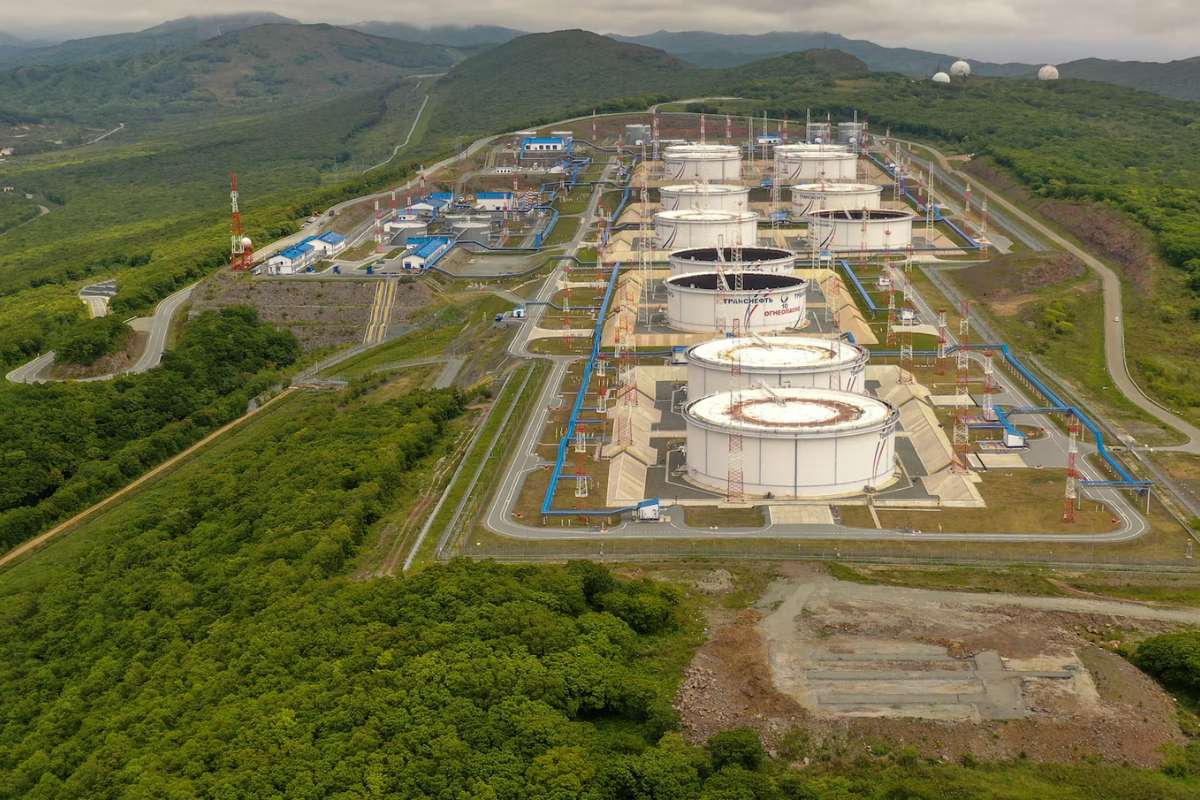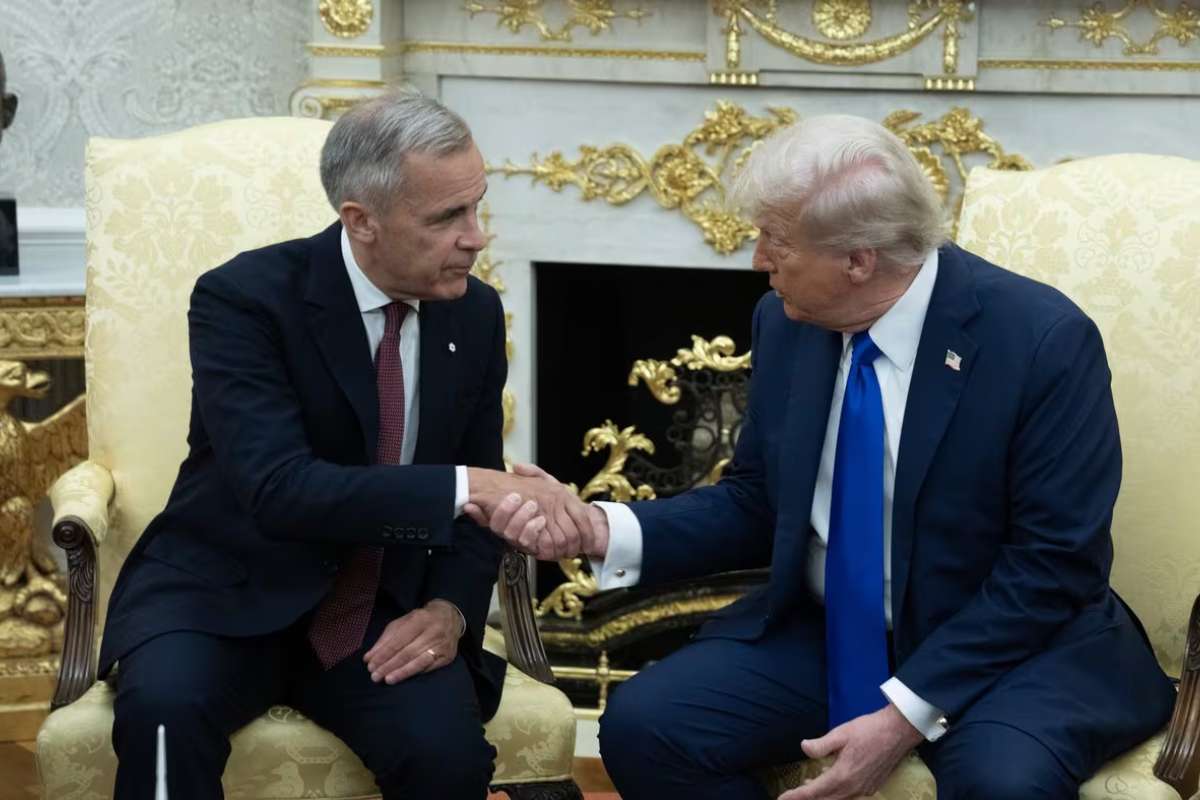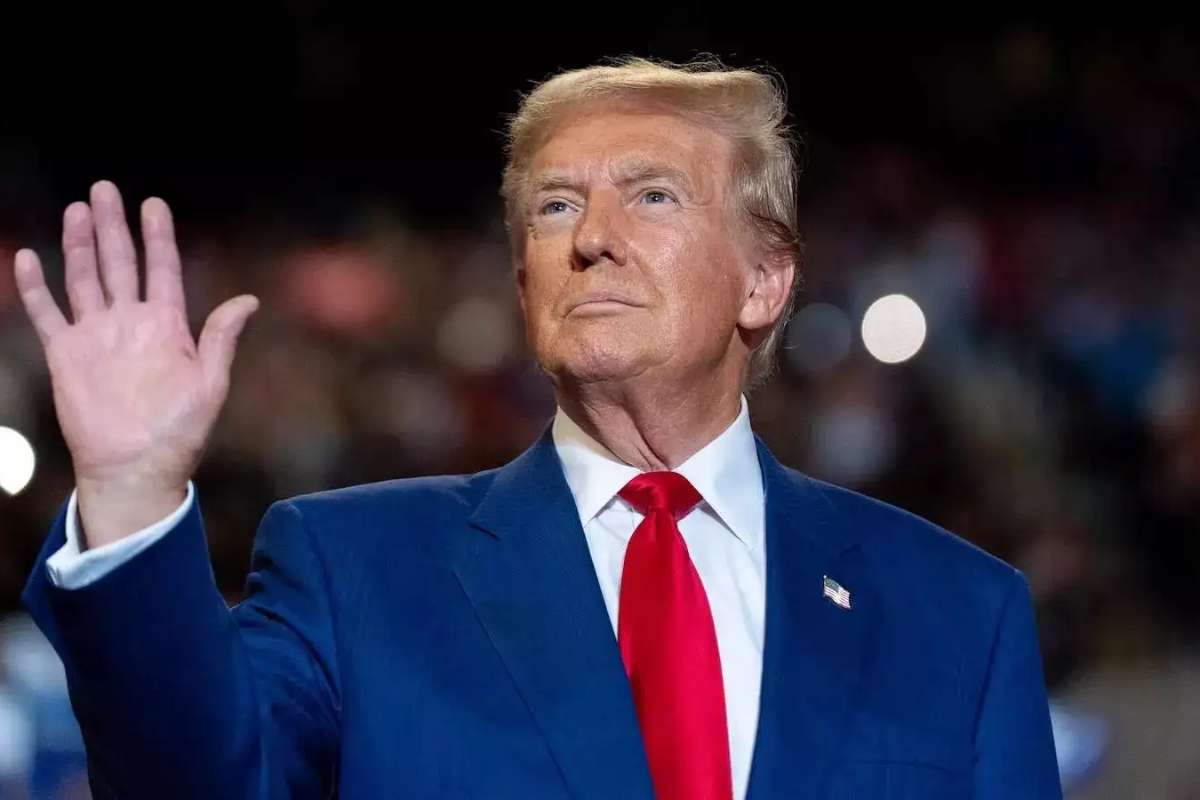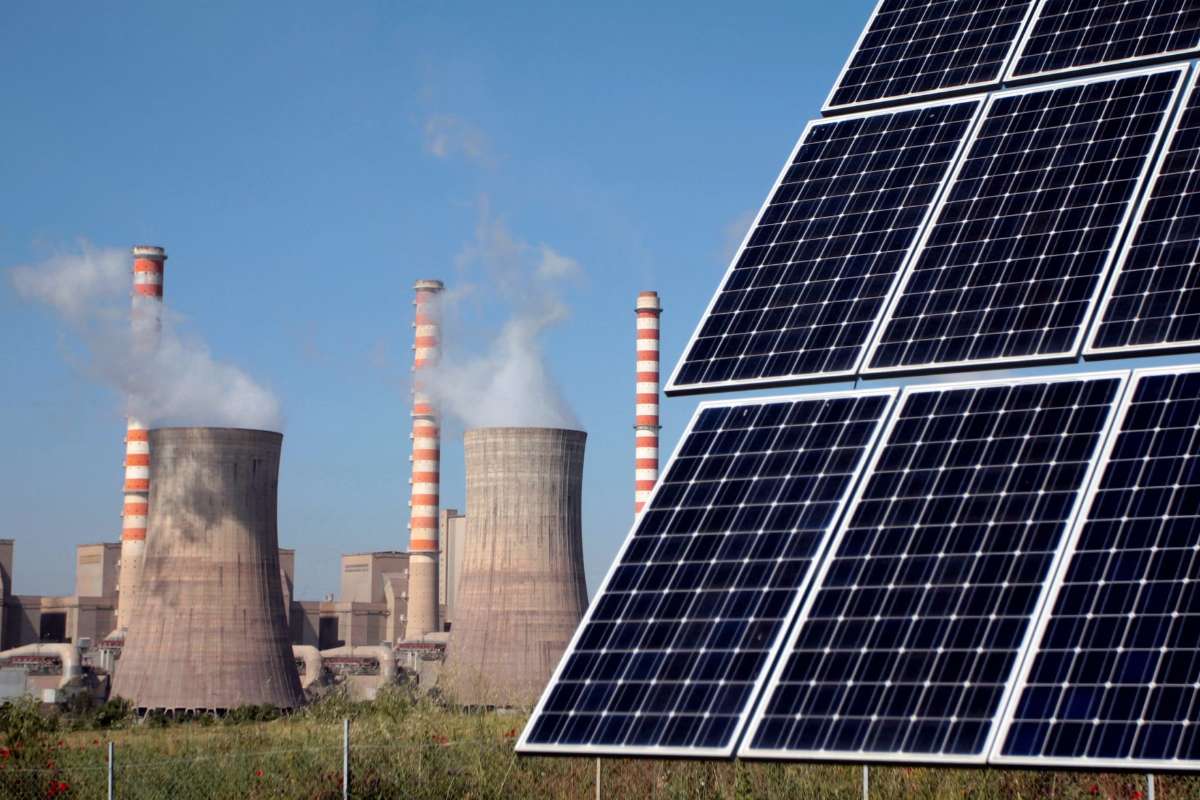In a recent Bloomberg interview, Dr. Sara Vakhshouri, President of SVB Energy International, emphasized OPEC’s continued role as a stabilizing force in the global Oil Price Volatility market despite mounting geopolitical and economic pressures. She highlighted that OPEC’s ability to respond flexibly to supply and demand dynamics has become even more critical as uncertainty looms over U.S. trade policy and global energy demand. Dr. Vakhshouri noted that while oil demand is projected to remain steady in the second half of 2025, the market remains susceptible to shocks, especially from tariff announcements or geopolitical shifts.
She further explained that OPEC’s measured output decisions help prevent sharp Oil Price Volatility fluctuations, giving oil-producing countries and importers a predictable framework. With inflation concerns and fiscal tightening already affecting economic momentum in several regions, OPEC’s role in ensuring stability could prove vital in the months ahead.
Oil Prices Dip Amid Fears of Increased OPEC Supply and Tariff Tensions
According to a Reuters report published on July 1, oil prices dipped slightly in early July as traders reacted to the possibility of increased supply from OPEC and escalating concerns about new U.S. tariffs. Brent crude fell 27 cents to $84.45 a barrel, while U.S. West Texas Intermediate (WTI) lost 32 cents to settle at $80.91 per barrel.
Market analysts suggest that the modest decline reflects a cautious response from investors awaiting clarity on two fronts: OPEC’s production policy and the Biden administration’s evolving tariff strategy, particularly concerning Chinese goods. With OPEC+ expected to incrementally increase output after months of voluntary cuts, there is growing concern that an oversupply scenario could emerge, especially if global economic conditions weaken further.
In addition, U.S. tariff threats are adding to overall market unease, as such measures may hurt global trade and energy demand. The dual pressure of supply expansion and demand uncertainty has introduced a layer of Oil Price Volatility that investors and policymakers alike are watching closely.
Global Oil Market in Holding Pattern Ahead of OPEC Output Boost
Additional reports from Livemint and OilPrice.com reinforce the sentiment that oil markets are in a “wait-and-see” mode. Livemint noted that oil prices retreated amid speculation that OPEC may unwind some of its earlier output restrictions to accommodate growing energy needs in Asia and Africa. However, traders remain wary as the move coincides with escalating tariff-related tensions between Washington and Beijing.
Meanwhile, OilPrice.com reported that crude prices are essentially “taking a breather,” with traders choosing to remain on the sidelines until the full impact of potential OPEC supply increases is known. Analysts predict that if OPEC does proceed with a phased increase, it could add up to 1 million barrels per day back into the market by Q3 2025.
This potential supply influx, paired with unresolved trade tensions, is creating short-term uncertainty but also reinforcing the importance of coordinated policy action. OPEC’s next steps will likely shape pricing trends for the remainder of the year.
The oil market stands at a pivotal point as OPEC’s production decisions and global tariff developments collide. While OPEC continues to act as a buffer against instability, the second half of 2025 could witness heightened Oil Price Volatility. Analysts agree that any misstep, either from supply miscalculations or abrupt trade measures, could disrupt the fragile balance currently maintained in the global oil ecosystem.
Explore More News In Our Oil Gas Energy Magazine
